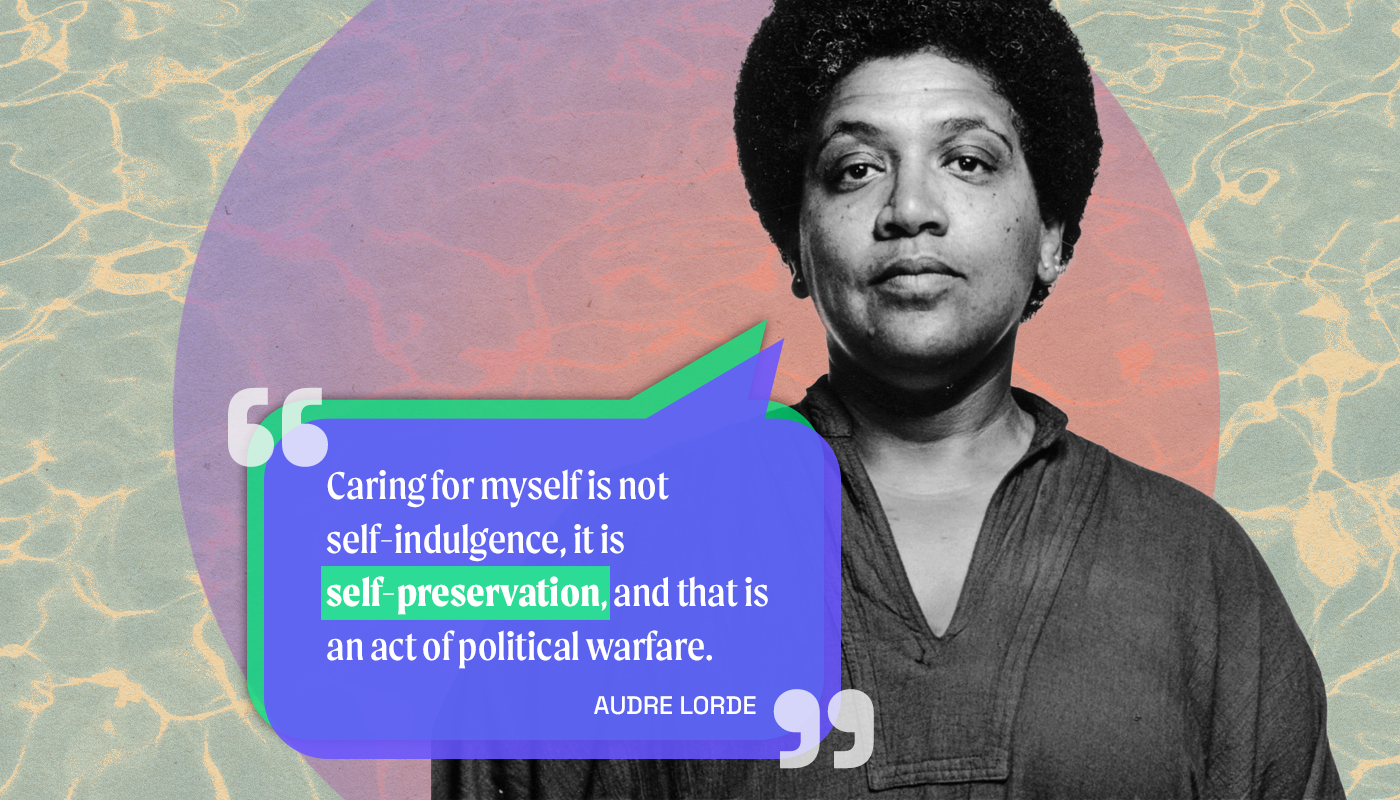Don’t say no before they even apply
Tackle biased job descriptions with these simple tricks. Find out how to mindfully navigate language and maximize diversity.

The COVID-19 pandemic has given many of us ample time to sit alone with our thoughts and do some serious, much-needed self-reflection. Tolerance and compassion have come to the forefront of our conversations, and notable efforts to promote inclusion continue to be made in all spheres of life, especially in the workplace. Under the Biden administration, we have seen, for the first time, the White House website allow users to select their personal pronouns from a drop menu.
View this post on Instagram
The new drop menu lists “she/her,” “he/him,” “they/them,” “other,” and “prefer not to share” as options. Previously, individuals who did not identify with the limiting masculine or feminine pronouns, “he/him” and “she/her,” were forced to select an inappropriate pronoun in order to complete the form.
This step toward inclusion and visibility has been met with overwhelming support.
As a straight Hispanic male this makes me so so so happy…representation matters! For everyone to have a voice matters no matter how you identify! We are all human and human kindness starts to be restored today!!
— Carlos SantanaSierra (@CarlosSanSierra) January 20, 2021
So, how can you demonstrate your commitment to inclusion? Scan your company’s job descriptions and scrub them clean of gender biases!
What is gender bias and why does it warrant this lengthy article?
Built In, an online thread for startups and tech companies, defines gender bias as “…a form of unconscious bias, or implicit bias, which occurs when one individual unconsciously attributes certain attitudes and stereotypes to another person or group of people.” These perceived behaviors affect how an individual understands and engages with others.
With respect to job descriptions, gender bias can take many different forms: gender-specific “s/he” pronouns, pointed adjectives targeting a particular pool of applicants, and gender-specific job titles.
Having an inclusive workplace starts with writing inclusive job descriptions. Even if you’ve nailed removing gender bias, there’s always room to improve when it comes to eliminating racial, age & disability bias says @Get_Optimal:https://t.co/AZxLXZ7Xcu#DE&I #work #Recruiting
— Kaye Holland (@KayeHolland) June 16, 2021
Many individuals, such as journalist Kaye Holland, continue to urge their peers to practice mindfulness and reach for more inclusive practices.
Gender-specific language, deliberately targeting a certain demographic, undermines diversity initiatives by discouraging many competent candidates from pursuing a position. Coded language is just as much of a deterrent. According to ONGIG, a content management system that scans job descriptions for lurking gender biases, words such as “aggressively,” “competitive,” and “drive” are commonly used to attract a male applicant, while words such as “committed,” “share,” and “nurture,” are traditionally used to reach a female applicant.
Gender-specific job titles also serve as an obstacle to workplace diversity. For example, gendered workplace language such as “businessman,” “chairman,” “councilman,” “congressman,” and “foreman” are all positions that appear to denote a male actor.
I really take issue with gender-specific job titles (like waitress, hostess, actress etc), as I find them outdated.
If you act, you are an actor.
It’s as simple as that.
Being female doesn’t make it different.— KT 👻 (@justaKandaT) March 1, 2021
Many people continue to challenge gender-specific job titles and push for gender-neutral alternatives.
When children grow up hearing gender-specific language, such as titles with the suffix “man,” they attribute a particular individual to these positions and begin to gender these roles. When asked to draw a picture of a “businessman,” “chairman,” “councilman,” “congressman,” or “foreman,” many children will illustrate an individual that corresponds to the gender of the word. This deep-rooted, culturally crafted practice of gender marking may manipulate our career choices down the line.
Fortunately, there have been notable efforts to replace gendered titles with more neutral labels such as “businessperson,” “chair/ chairperson,” and “manager.” This mindful trend of gender-neutralization continues to gain traction. Just this year, we have seen bigwig American investment bank JPMorgan Chase remove gender-specific language from its bylaws and encourage other leading organizations to reach for more inclusive practices.
So pleased to see @JPMorgan change its bylaws to be gender neutral and advance #DiversityandInclusion into its core operational policies. https://t.co/WG9qp9ZkI8 via @business
— Equity At Work (@equity_at_work) March 17, 2021
Does Gender Diversity Boost Business?
Time and time again, we’ve found that people other than men can actually do wonders not only for a business, but for country leadership! Removing biased language from job descriptions in an impartial, inclusive style, will open up the majority of the talent pool, setting up your team to be its best.
How Can You Strengthen Corporate Culture and Normalize Gender Neutrality in the Workplace?
1. Gender Bias Decoder: This free tool scans texts for gender-specific language that could potentially deter certain applicants and subsequently re-words ads so that they appeal to the widest audience. By unmasking the inherent biases embedded in language, this tool has the potential to enlighten employers and enable them to be more mindful of word choice moving forward.
2. Use gender-neutral titles in job descriptions: Swap out coded titles for gender-neutral alternatives. For example, avoid using titles with the suffix “man.”
3. Check pronouns: Glassdoor explains that gender-specific pronouns may substantially reduce the pool of applicants. Substitute masculine or feminine gender pronouns for neutral alternatives such as “you.”
4. Avoid (or balance) your use of gender-charged words: Monster explains that coded language may make readers think the role is more suited for someone of a certain gender. Use a mix of adjectives to describe the role, or avoid words that are highly associated with one gender in order to attract more talent.
5. Be explicit: Are skills transferable? What is truly required? One study found that women will typically only apply for a job if they meet 100% of the qualifications. To minimize unconscious gender bias, generalize areas where transferable skills are okay, and clearly outline which qualifications are required.
6. Evaluate other areas of your hiring process: All areas of the hiring process need to be conducted with this same level of care. An inclusive, unbiased job description can be ineffective if you don’t also have an equitable hiring process.
Don’t limit your team with dated language that may unconsciously restrict who is interested in the role. How you attract new talent is one of the first steps to a more inclusive workplace culture and reaching your team’s fullest potential. Ultimately, many of these guidelines can be adopted across company practices to promote inclusion and make all of your existing and potential team members feel seen and respected. ![]()






